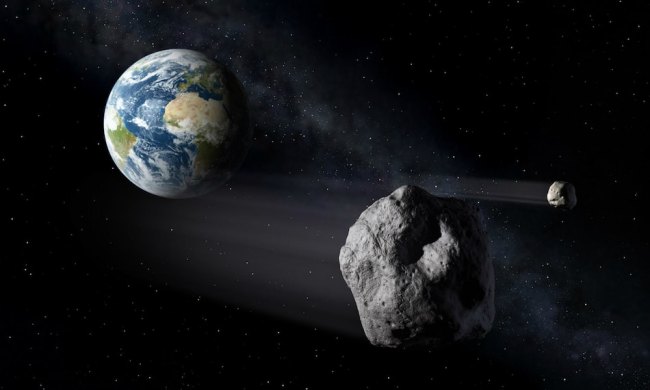
“AIM is not confirmed yet,” scientist and lead signatory Dr. Patrick Michel told Digital Trends. “[But] behind this mission, there is a strong and big community of planetary scientists … as well as a strong support of the public who is a fan of this kind of adventure, which is good for the visibility of ESA.”
The mission is, first and foremost, a demonstration of technology. On its website, ESA calls AIM “a small mission of opportunity to demonstrate mainly in the telecommunications domain.” Nonetheless, as Michel and ESA suggest, the best way to demonstrate new technologies is through collecting and returning scientifically valuable data.
“With AIM we’ll have a lot of science firsts.”
Proposed to launch in October 2020, AIM would travel to the binary Didymos asteroids, which will pass by Earth at at distance of about 10 million miles in 2022. The spacecraft will map the smaller of the two asteroids, from its surface to its interior structures, a first for a celestial body so small. At the end of it’s mission, the probe will crash into the asteroid like its predecessor, Rosetta.
“With AIM we’ll have a lot of science firsts, which is great for a technology demonstration,” Michel says. “The gravity on such a tiny body is extremely small and we need to learn how to interact with a surface in such low-gravity conditions, whether it is for science, planetary defense, or asteroid mining. So far, we don’t have any experience on this and we don’t have any detailed knowledge of the mechanical and structural conditions on such a tiny world.”
To be sure, Michel says there’s little to be feared about an asteroid hitting Earth with devastating global effects. Most large asteroids (over a half-mile wide) are well-known, monitored, and determined to be orbiting at a safe distance. But objects bigger than 450 feet can devastate cities, countries, and even continents. This is where the worry lies.
“We only know about 15 percent of them,” Michel says, “Fortunately, their impact frequency is of the order of 10,000 years, so we should not be too much worried, but we never know. Although I’m sleeping well, it is important to discover them all, and also to test our ability to deflect them, which is precisely the aim of the Asteroid Impact and Deflection Assessment mission (AIDA).”
AIDA is a NASA-led, international collaboration to detect and prepare to deflect threatening asteroids. ESA’s AIM would be one of Europe’s contributions to the initiative. Although the chances of a serious impact are quite small, they aren’t insignificant. For that reason, Michel and the other signatories support AIM.


